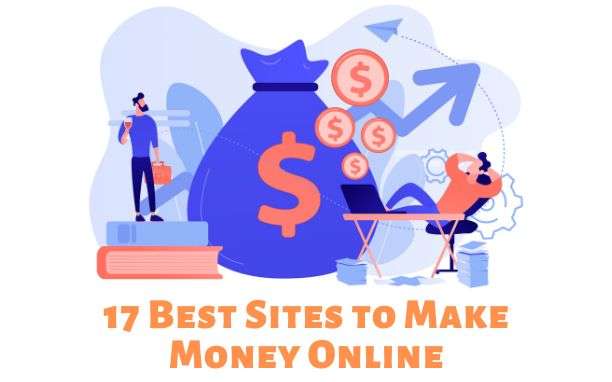Web 3.0 is the future of the internet and it was created by Vitalik Buterin, who is the founder of Ethereum. So, the next generation of the internet will usher in a new era of decentralized applications. It’s time for the next big change, and this time, it’s called “Web 3.0”.
Internet technology has changed the way we live our lives. Still, the world is heading towards a new kind of network (Web 3.0) that will change everything about how we interact with each other as the internet evolves from its current centralized model to a more distributed system.
What is Web 1.0?
The term Web 1.0 refers to a time when web pages were simple. They were text, with no graphics. Users would type a URL into their browser, and they would get the desired page. They weren’t told what the page was about or where it came from, they just wanted to see it. Web 1.0 was a time when web designers would build sites by hand. Web 1.0 was the era of static web pages with plain HTML.
“Web 1.0” refers to websites that used a specific set of technologies. These were the web’s first attempts at creating an online experience and could be considered the first generation of the World Wide Web. It was the first iteration of the Internet where you could access any page without having to know the domain name and/or address of the website.
What is Web 2.0?
Web 2.0 is the term used for the second phase of the web. When the first web was created, websites were static and they contained only text. Websites that were created in the early 2000s and after have all undergone a massive transformation. Web 2.0 refers to the explosion of the internet, which allowed people to easily share and collaborate online.
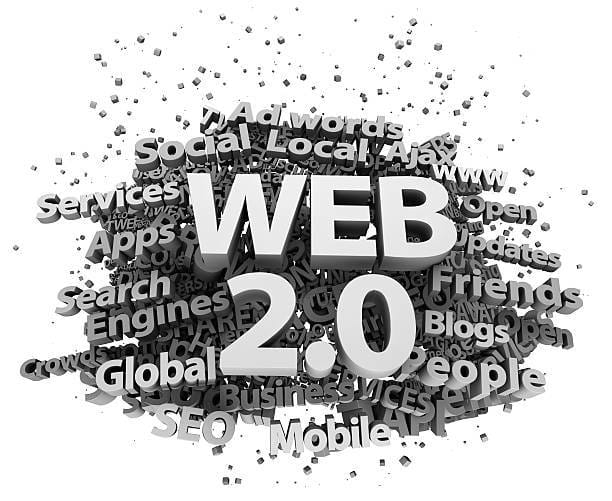
Today’s websites are interactive, dynamic, and highly customizable. This shift in web design allows users to navigate and control what they see on the screen using various types of devices and online browsers.
In Web 2.0, online collaboration, interaction, and sharing between people are at an all-time high. From social media platforms, such as Facebook and Twitter, to collaborative websites, such as Dropbox and Google Docs, web 2.0 is here to stay.
What is Web 3.0(Introduction)?
Web 3.0 is a platform that allows anyone to build decentralized applications that live within the blockchain. But more importantly, Web 3.0 is a framework that allows anyone to build the next generation of decentralized applications.
Web 3.0 is the next stage in the evolution of the web. It’s about people, not pages, and it’s about the user rather than the content. In short, Web 3.0 is the shift from creating websites for people to creating websites for users. Web 1.0 websites were for publishers and content producers. Web 2.0 websites were for users and the sites they interacted with. Web 3.0 websites will be for users and the communities they form.
In the past, we relied on companies like Google to give us all the information we need to live our lives. But the Web has changed all that—we now have to actively seek out the answers to our questions. It’s no longer enough to rely on Google to give us the right answers.
Features
The Internet Is Going Through a Digital Transformation
The digital revolution is changing the world and our lives. It’s transforming how we live, work, and play. In fact, some experts predict that the technological revolution will be bigger than the industrial revolution. But the internet is still a new technology. It’s been around for almost 40 years. The Internet is the second-biggest technology revolution after the industrial revolution. The impact of the internet is felt everywhere in our daily lives. It affects everything from how we communicate to how we purchase goods.
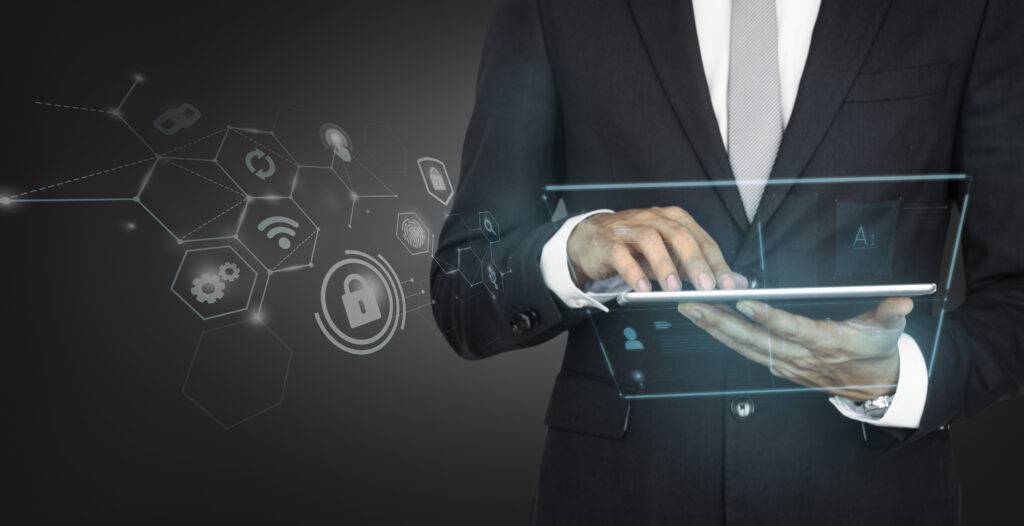
According to Statista, around 5 billion people have used the Internet. While there were only around 500 million websites in 2000, today there are over 3 billion sites. This is just a small taste of the growth the Internet has seen over the past decade. With this increase in popularity comes a rise in digital transformation.
Most of us are familiar with the digital transformation that’s been going on for the past couple of decades or so. It started with the introduction of the World Wide Web, followed by smartphones, mobile apps, and the rise of social media platforms. But what you may not realize is that all of this is just the tip of the iceberg of the digital transformation that’s about to take place.
The Evolution of Web 3.0
Here’s a breakdown of the latest evolution in web design and technology, from Web 2.0 to Web 3.0. Let’s go beyond HTML and CSS to explore some of the new features of Web 3.0, such as 3D printing, artificial intelligence, and virtual reality.
Web 3.0 is the future of web content; it has no boundaries and no limits. It is the evolution of the web into a global network of hyper-linked data, powered by artificial intelligence and machine learning, and the culmination of all human knowledge.
As the digital revolution continues, it has enabled us to change our relationship with each other. Web 3.0 is the new platform that will define our world, and it’s already taking shape as an open and transparent ecosystem for users. It’s also creating new opportunities for developers to create new applications and services.
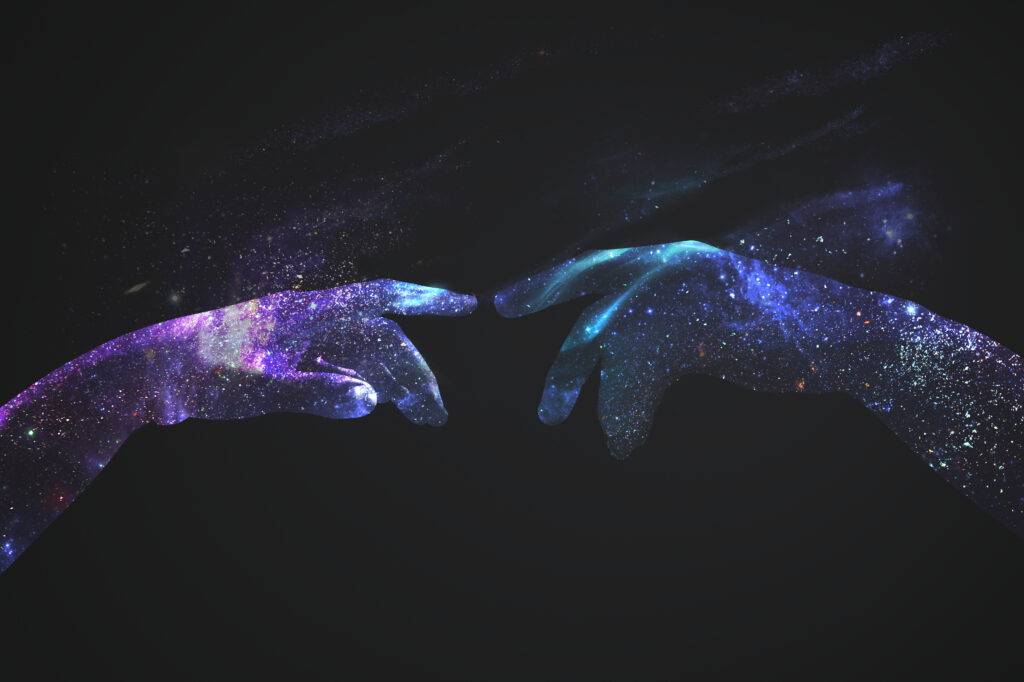
With the development of technology, we are going through a time of transition. We are going from the era of Web 1.0 to Web 2.0 to Web 3.0. Web 2.0 was based on a model called the social web. It was a distributed model. This was where information was shared in a social way. Web 3.0 is built on top of Web 2.0 and it is a peer-to-peer model. It is based on a distributed computing model. It is more open, more decentralized, and more independent.
Blockchain
It’s the technology behind Bitcoin. It’s basically a peer-to-peer system with no central authority or intermediaries. The term “blockchain” comes from the blocks, or groups of transactions, in the ledger. It’s a new technology with many implications for business. The blockchain enables the creation of decentralized applications (DApps) that are scalable and cost-effective.
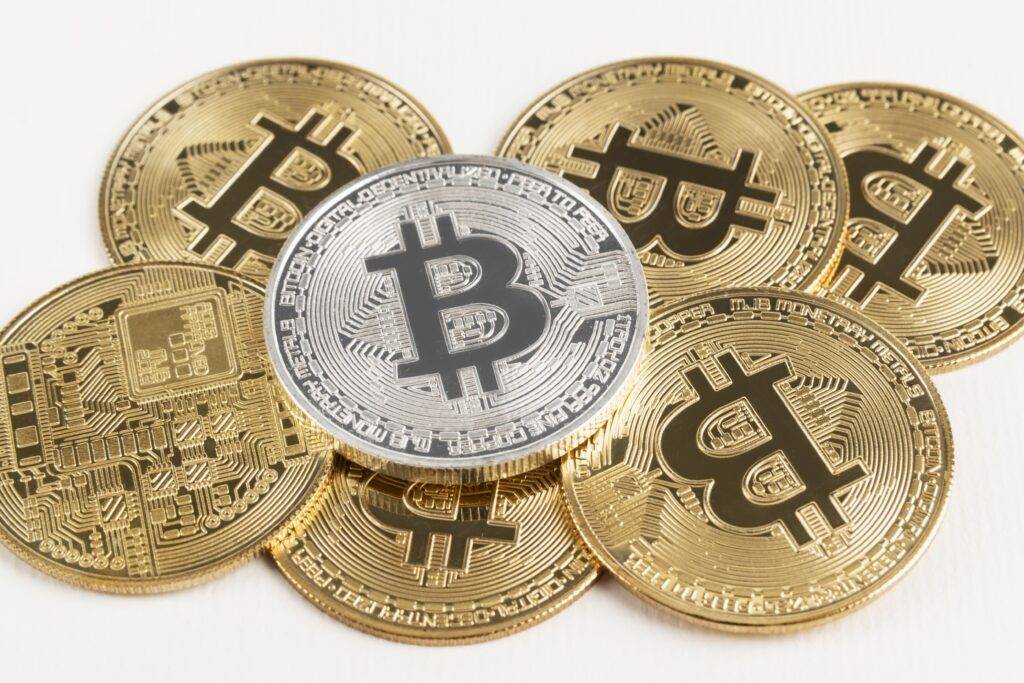
Bitcoin is basically a way to transfer money online. It is a type of electronic currency that was created in 2009. It’s similar to cash money. It has no central bank or government. Instead, it is created and managed electronically. Bitcoins are stored in a digital wallet. Anyone can buy bitcoins with cash or other types of currencies.
Hyper-Personalization: A Digital Reality
Digital hyper-personalization is all about creating customized experiences and messages for customers that fit their individual interests, lifestyles, and preferences. One of the first companies to implement digital hyper-personalization in a big way was Southwest Airlines.
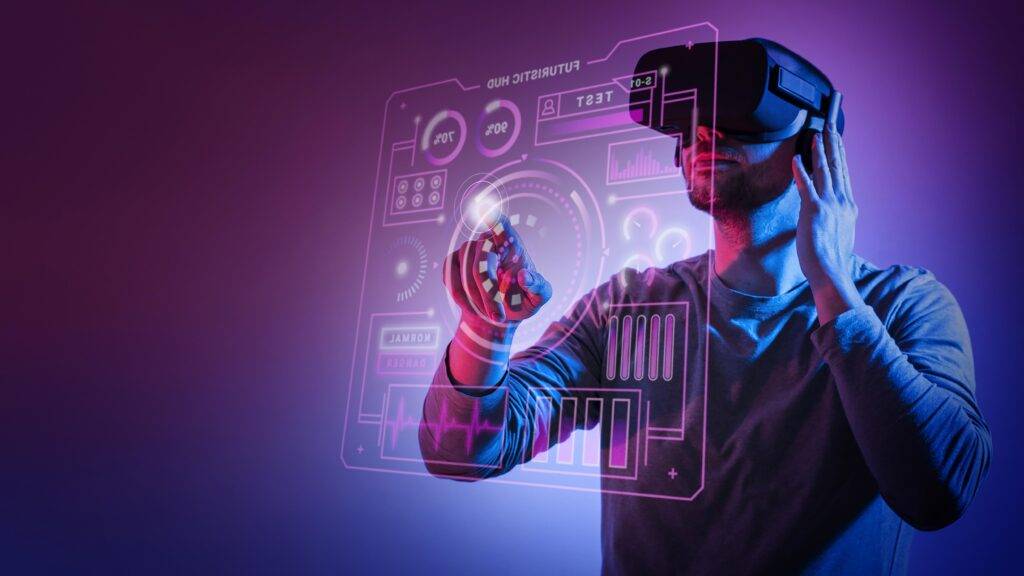
With hyper-personalization, your customers get to choose exactly what gets sent to them. They can customize everything from the content of their emails to the tone of voice used to communicate with them to how they are addressed on the site. There are several advantages to hyper-personalization, such as the ability to offer relevant products and services tailored to a customer’s needs and preferences, the opportunity to send out promotional messages that resonate with the customer, and the ability to communicate effectively via email. All of this leads to better customer retention and higher profits.
The New Economy of Self-Sovereign Identity
The new economy of self-sovereign identity creates a world where people have the ability to be who they want to be, whenever they want. In this world, people are no longer defined by their jobs and employers, but by their identities and networks.
The new economy of self-sovereign identity creates a world where people have the ability to be who they want to be, whenever they want. People are no longer defined by their jobs and employers but by their identities and networks. When you think about it, it makes sense because everyone has something to offer. Every person is unique and every person has something to share. When you are thinking about it like that, the whole world becomes a different place. The best part of this whole new economy is that everyone is free to do what they want.
A New World of Value Exchange
The rise of the digital age has been accompanied by introduction of new ways to exchange value between consumers and brands. As customers begin to embrace social media, they’re looking for a deeper level of engagement and want to share that experience with others. This is why brands are getting more creative in their use of technology to interact with customers. Some use platforms like Instagram and Facebook as an opportunity to foster a two-way relationship. Others allow customers to participate in the creation of content or even purchase a product directly from the brand itself.
Artificial Intelligence: The Next Frontier of Human Progress
AI will be the next frontier in human progress, according to futurists who are warning of the dangers of technology’s march forward. At this point, people have been building artificial intelligence systems for more than 50 years.
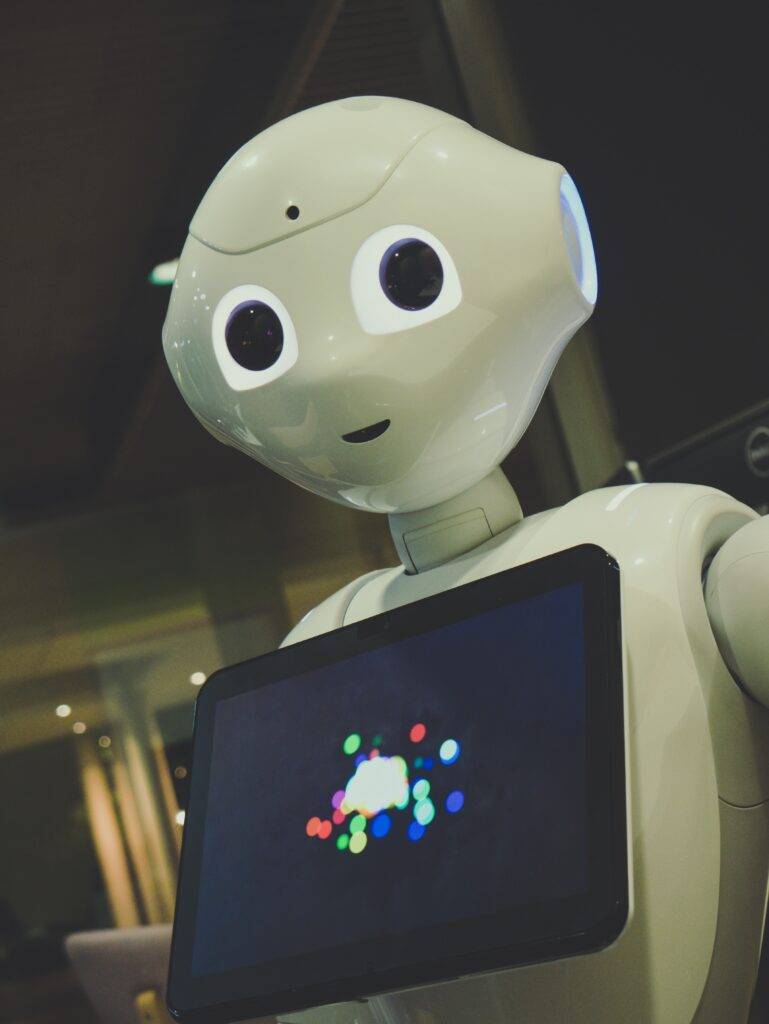
We’ve been getting better at building machines that mimic human behavior since the mid-1950s when IBM’s Watson computer beat all the world chess champions. But just because we’ve built these machines doesn’t mean they’re intelligent, said futurists. Instead, they’ll be able to perform narrow tasks better and more efficiently than humans. That’s when we start seeing the real value of AI, said futurist George Gilder.
Decentralization
A new wave of technology is emerging today called Web 3.0, which means that all transactions will happen in a completely trustless manner, and the web will be decentralized. This means that all data will be stored on the user’s device rather than on a centralized server and that the data will never be altered or tampered with. This is achieved using advanced cryptography and encryption. It’s no longer necessary for consumers to worry about the security of their online data. All transactions will be secure, and there will be no room for hackers or scammers.
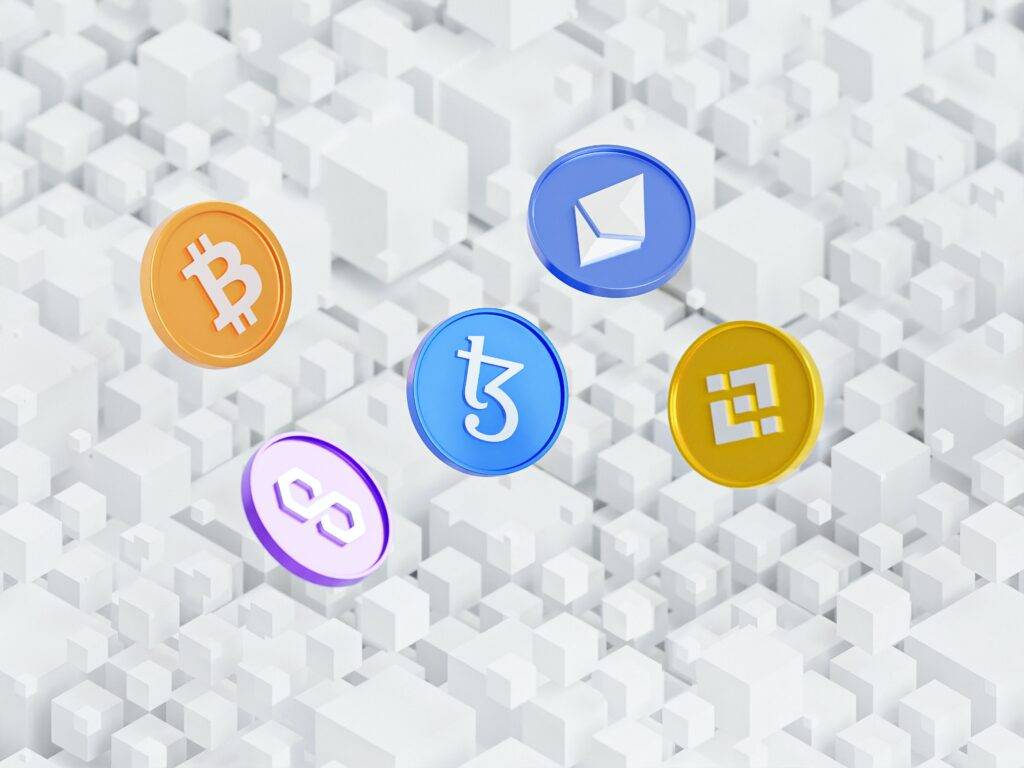
Web 3.0 is about the Internet of Things (IoT). It’s a whole different platform with new applications and new features. This includes a totally new security model. In Web 3.0, there are no more single authorities or central servers. The power is in the hands of the people, not in the hands of the companies. So everything is going to be decentralized from one hand to the user’s hands. It will be decentralized, open-source, permissionless, and censorship-resistant.
Rise of the Digital Social Networks
The web has always been a powerful medium for social communication, but now there are also many new ways to communicate online, which means a shift in how people connect and interact with each other. Social networks have become the central hub of our lives, and as such, they have evolved into platforms that are integral to our day-to-day lives.
Social media has changed everything. Web 3.0 has come with many changes, and those changes are still happening today. Many people are using Web 3.0 to make more connections with their friends and families. People are becoming more active on Web 3.0 than ever before. There are now many platforms that are designed to help people share information and make new connections.
Trustless
Technology has enabled trustless business models for the first time in human history. The first phase of Web 3.0 will be a massive shift in how the world does business and operates. While today businesses are based on trust — relationships between customers and sellers, corporations, and governments — in Web 3.0 we’ll see a trustless business model emerge.
As the web continues to evolve, a new web of trust will emerge. Consumers are increasingly empowered to build networks of trusted sources. This new web of trust is different than the web of trust with which most people are comfortable. The new web of trust is comprised of individuals, not organizations or brands. Individuals are trusted for the things they say, do, and share and the web of trust is a social network in which trust is built by reputation, not branding.
Connectivity
With the rise of technology, social media has become ubiquitous. Web 3.0 is not about a new platform, but rather a new generation of applications. Today we have apps in our pockets and on our desktops; web apps, social apps, and mobile apps. In the future, these will evolve into “app-like” experiences that work seamlessly across all platforms.
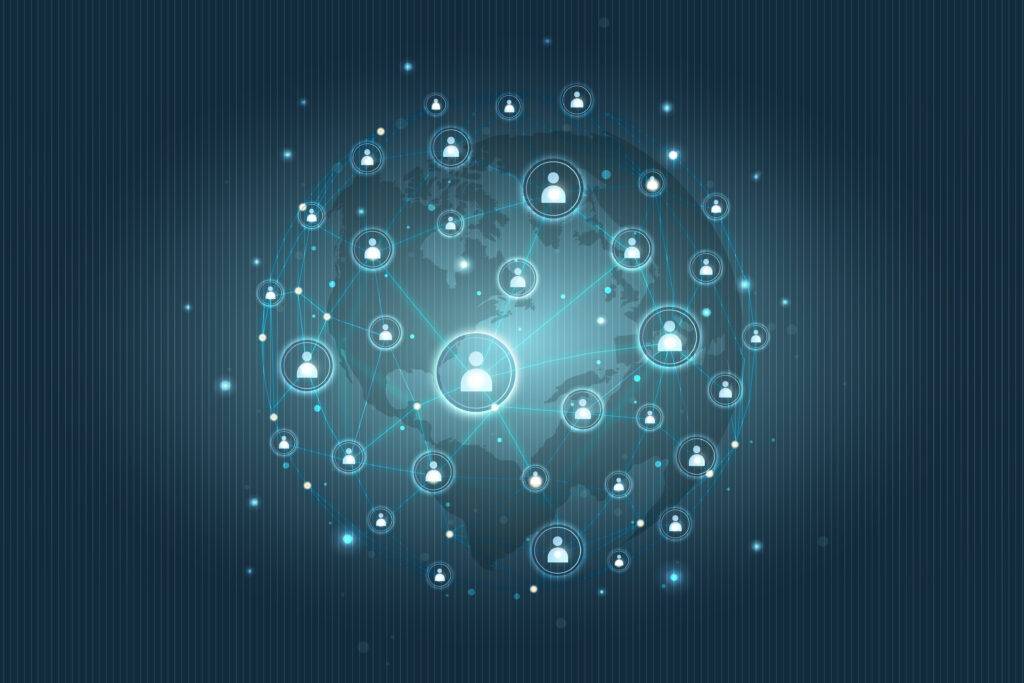
We’ll no longer need to download a separate app for different devices. We’ll no longer have to leave a site to go back home or back to work. There will be a seamless, uninterrupted experience across multiple devices. The web is already a ubiquitous experience; in fact, that’s what makes it so easy to access information. So, connectivity is always in hand.
Throw a Lookback
- It’s global.
- It’s open.
- It’s smart.
- It’s trustless.
- It’s a protocol.
- It’s autonomous.
- It’s collaborative.
- It’s open-source.
- It’s peer-to-peer.
- It’s decentralized.
- It’s permissionless.
- It’s a public ledger.
- It’s free-as-in-speech.
- It’s the web of things.
- It’s blockchain-powered.
- It’s the Internet of value.
- It’s not owned by anyone.
- “It’s web 3.0.
Conclusion
In conclusion, Web 3.0 is a step toward the future of the Internet. It’s still in its early stages. We’ve seen a lot of hype around blockchain technology, but it still isn’t a replacement for the current internet infrastructure. This isn’t the end of the internet. It’s just the beginning of the next phase. We are now entering a new era, and there are some fundamental changes that are going to have an impact on the entire world. It’s going to change the way we do everything.
Faqs
What is Web 3.0?
Web 3.0, also known as the decentralized web, is the next evolution of the internet that aims to be more open, transparent, and decentralized. It builds on the foundation of Web 2.0, which brought user-generated content and social media to the forefront of the internet. However, Web 3.0 takes this a step further by leveraging blockchain technology and smart contracts to create a more secure and decentralized Internet.
Three important things to note about Web 3.0 are:
1. Decentralization: Web 3.0 is designed to be more decentralized than previous versions of the Internet. Instead of relying on a few centralized platforms to store and control data, Web 3.0 aims to create a network of interconnected nodes that store data in a decentralized manner. This means that users have more control over their data and can access it from anywhere without relying on a centralized authority.
2. Blockchain technology: Web 3.0 relies heavily on blockchain technology to achieve decentralization and security. Blockchain technology is a distributed ledger system that records transactions in a secure and transparent manner. It enables Web 3.0 to create trustless systems that do not require a centralized authority to verify transactions.
3. Smart contracts: Web 3.0 also leverages smart contracts to automate transactions and enforce agreements. Smart contracts are self-executing contracts with the terms of the agreement between buyer and seller being directly written into lines of code. They enable secure and transparent transactions without the need for intermediaries.
What are the benefits of Web 3.0?
Web 3.0 promises several benefits over previous versions of the internet. Some of the key benefits of Web 3.0 include:
1. Decentralization: Web 3.0 is designed to be more decentralized, which means that there is no central point of control. This makes it more resistant to censorship and less vulnerable to attacks from hackers.
2. Privacy and security: Web 3.0 uses blockchain technology to provide greater privacy and security for users. Since data is stored on a decentralized network of nodes, it is more difficult for hackers to steal or tamper with data.
3. Transparency: Web 3.0 is designed to be more transparent than previous versions of the internet. With blockchain technology, users can track the history of transactions and verify the authenticity of data.
What are some examples of Web 3.0 technologies?
There are several Web 3.0 technologies that are currently being developed. Some of the most notable ones include:
1. Blockchain-based marketplaces: These are online marketplaces that use blockchain technology to enable peer-to-peer transactions. These marketplaces eliminate the need for intermediaries and enable buyers and sellers to transact directly with each other.
2. Decentralized social networks: These are social networks that are built on a decentralized network of nodes. They enable users to have greater control over their data and eliminate the need for centralized authorities to control the platform.
3. Decentralized finance (DeFi): DeFi is a system of financial applications that are built on a decentralized network of nodes. These applications enable users to access financial services without relying on centralized authorities like banks.
What are some challenges facing Web 3.0?
While Web 3.0 promises many benefits, it also faces several challenges that need to be addressed. Some of the key challenges facing Web 3.0 include:
1. Usability: Web 3.0 technologies are often difficult for non-technical users to understand and use. This makes it difficult for mainstream adoption to occur.
2. Scalability: Many Web 3.0 technologies are still in their early stages of development and are not yet capable of handling large volumes of users and transactions. This makes it difficult for them to compete with centralized platforms that have already achieved scale.
3. Regulation: Web 3.0 technologies are often viewed as a threat to existing centralized authorities, which can lead to regulatory challenges. Governments may view decentralized technologies as a risk to their control over certain industries, such as finance, and may attempt to regulate them.
What is the future of Web 3.0?
The future of Web 3.0 is promising, but it is still difficult to predict exactly how it will evolve. Some possible future developments include:
1. Mainstream adoption: As Web 3.0 technologies become more user-friendly and scalable, they may become more widely adopted by mainstream users. This could lead to a shift away from centralized platforms and towards decentralized ones.
2. Interoperability: Web 3.0 technologies are currently fragmented and not interoperable with each other. In the future, we may see greater interoperability between different Web 3.0 technologies, which would make it easier for users to access a wider range of decentralized services.
3. Increased regulation: As Web 3.0 technologies become more widely used, governments may attempt to regulate them more heavily. This could lead to a regulatory environment that is either more favorable or less favorable to Web 3.0, depending on the actions of governments.
How can I get involved in Web 3.0?
If you are interested in getting involved in Web 3.0, there are several ways to do so:
1. Learn about Web 3.0 technologies: Start by learning about the different Web 3.0 technologies that are being developed. This will help you understand their potential and how they work.
2. Join a Web 3.0 community: There are many Web 3.0 communities online that you can join. These communities can provide you with information, resources, and connections to other people in the space.
3. Build on Web 3.0: If you have technical skills, consider building on Web 3.0 technologies. There are many opportunities to create decentralized applications, marketplaces, and other services that could help advance the Web 3.0 ecosystem.




